
Asta Sofie Amalie Nielsen was a Danish silent film actress who was one of the most popular leading ladies of the 1910s and one of the first international movie stars. Seventy of Nielsen's 74 films were made in Germany where she was known simply as Die Asta.

Georg Wilhelm Pabst was an Austrian film director and screenwriter. He started as an actor and theater director, before becoming one of the most influential German-language filmmakers during the Weimar Republic.

Peter Urban Bruun Gad was a Danish film director, stage actor, screenwriter, and author. He directed 40 films between 1910 and 1927. His wife Asta Nielsen starred in 30 of his films, also in his début film Afgrunden from 1910. They moved to Germany in 1911 where Gad worked with Paul Davidson until 1922.
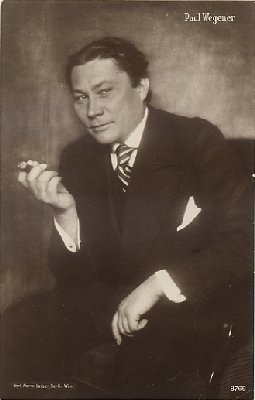
Paul Wegener was a German actor, writer, and film director known for his pioneering role in German expressionist cinema.
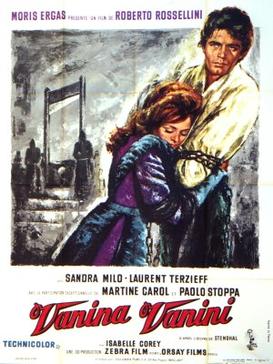
Vanina Vanini is a short story published in 1829 by Stendhal (1783–1842), the pen name of Marie-Henri Beyle. Set in the 1820s during the early Risorgimento, when Italy was under Austrian control, it concerns the love affair of a young Roman princess and a revolutionary carbonaro.
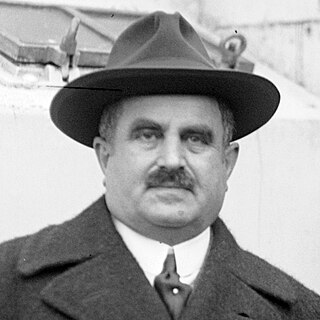
Paul Davidson was a German film producer.

Paul Wilhelm Constantin Hartmann was a German stage and film actor.
Roswolsky's Mistress is a 1921 German silent drama film directed by Felix Basch and starring Asta Nielsen, Paul Wegener, and Wilhelm Diegelmann. It was based on a novel by George Froeschel. The film was shot at the Tempelhof Studios in Berlin, with sets designed by art directors Robert Neppach and Jack Winter. According to one estimate, the star Asta Nielsen wore thirty six different costumes during the course of the film.
Living Buddhas is a 1925 German silent film in five chapters, directed by Paul Wegener and starring Wegener, Asta Nielsen and Käthe Haack. It was co-written by Wegener and Hans Stürm. Wegener cast himself as the evil High Llama of a devil cult. Danish actress Nielsen's film career went downhill quickly with the advent of sound films. It was made at the Staaken Studios in Berlin. Only five minutes of footage survive of the original 139-minute running time.
The Film Primadonna is a 1913 German silent film directed by Urban Gad and starring Asta Nielsen and Paul Otto.
Helmsman Holk is a 1920 German silent drama film directed by Rochus Gliese and Ludwig Wolff and starring Asta Nielsen,Theodor Loos and Paul Wegener.
So Ends My Song is a 1919 German silent film directed by Willy Grunwald and starring Asta Nielsen and Marga Köhler.
The Lost Shadow is a 1921 German silent film directed by Rochus Gliese and starring Paul Wegener, Wilhelm Bendow and Adele Sandrock. The cinematographer was Karl Freund. The film's sets were designed by the art director Kurt Richter. It was shot at the Tempelhof Studios in Berlin. For some reason, the film was only released in the US in 1928. It is today considered a lost film.
Luise Millerin is a 1922 German historical film directed by Carl Froelich and starring Lil Dagover, Paul Hartmann and Walter Janssen. It is based on the play Intrigue and Love by Friedrich Schiller.
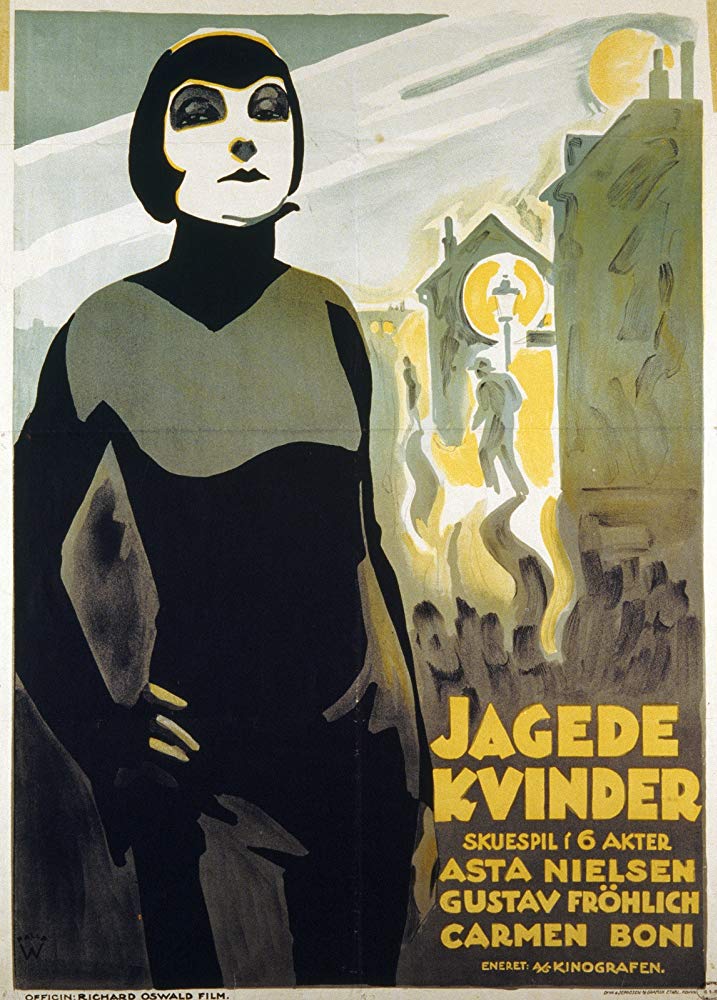
Agitated Women is a 1927 German silent drama film directed by Richard Oswald and starring Asta Nielsen, Carmen Boni and Gustav Fröhlich. It was shot at the EFA Studios in Berlin. The film's sets were designed by the art director Gustav A. Knauer. The film was released in August 1927.
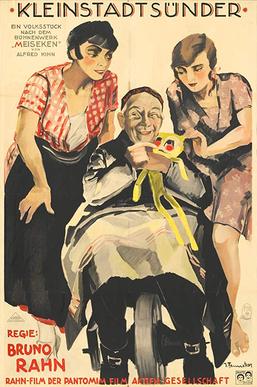
Small Town Sinners (German:Kleinstadtsünder) is a 1927 German silent film directed by Bruno Rahn and starring Asta Nielsen, Hermann Picha and Maria Paudler. The film was released on 13 September 1927.

Tragedy of the Street is a 1927 German silent drama film directed by Bruno Rahn and starring Asta Nielsen, Hilde Jennings and Oskar Homolka. The 85-minute film is also known by the alternative title Women Without Men.
Kurfürstendamm is a 1920 German silent drama film directed by Richard Oswald and starring Conrad Veidt, Asta Nielsen, Erna Morena and Henry Sze. It is set on the Kurfürstendamm in central Berlin. It is now considered a lost film.
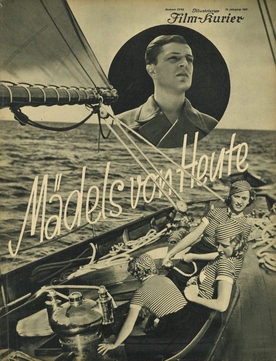
Girls of Today is a 1933 German comedy film directed by Herbert Selpin and starring Viktor de Kowa, Annie Markart and Oscar Sabo. The film's sets were designed by the art director Willi Herrmann.

Regimental Music is a 1950 German drama film directed by Arthur Maria Rabenalt and starring Heidemarie Hatheyer, Friedrich Domin and Siegfried Breuer. It was an Überläufer, a film made predominantly during the Second World War but not released until after the fall of the Nazi regime. It was based on the novel Die Schuld der Gabriele Rottweil by Hans Gustl Kernmayr and it sometimes known by this title. It was shot at the Bavaria Studios in Munich. The film's sets were designed by the art directors Rudolf Pfenninger and Ludwig Reiber. The film's direction was originally assigned to Georg Wilhelm Pabst before he was replaced by Rabenalt.












